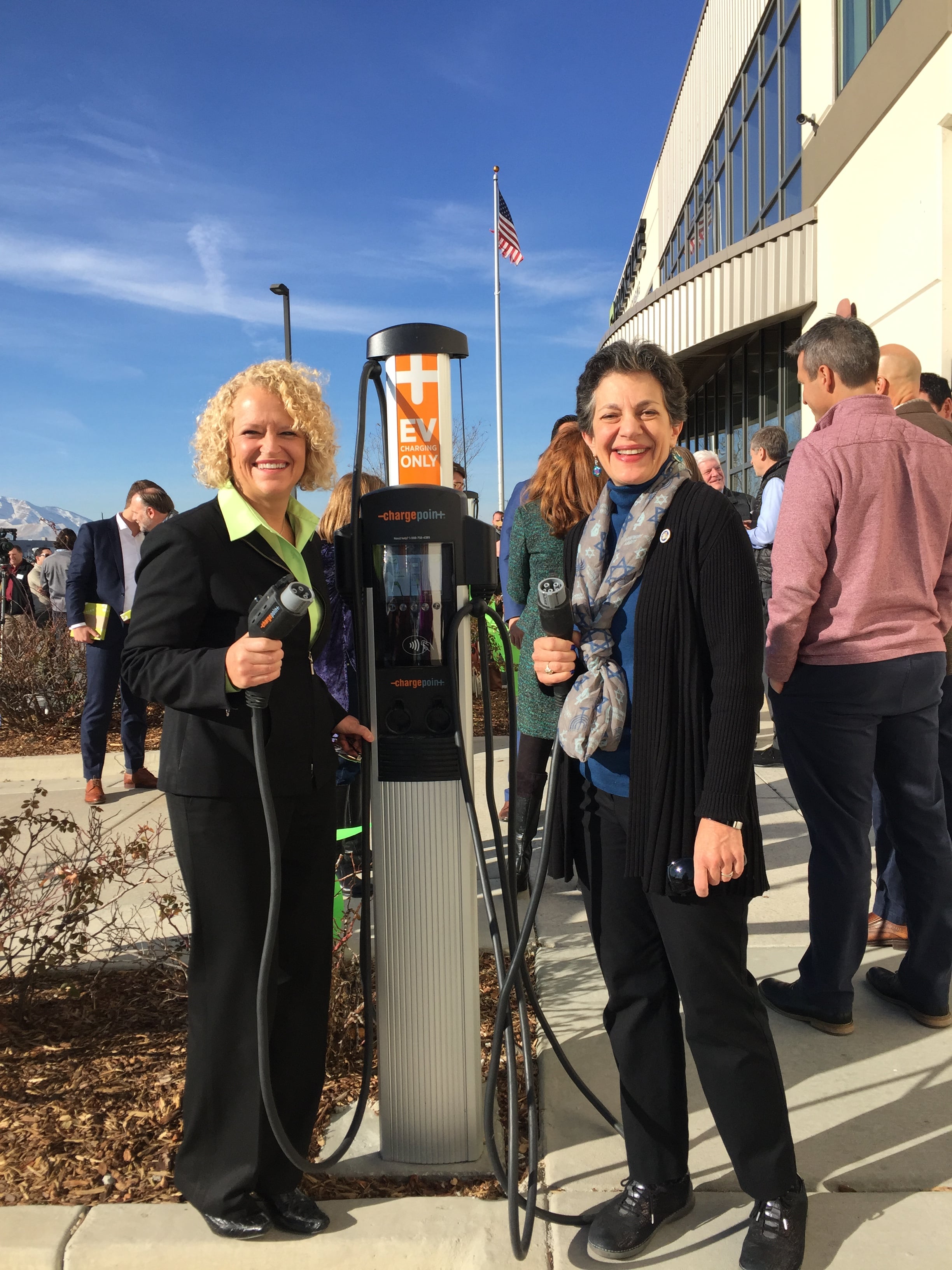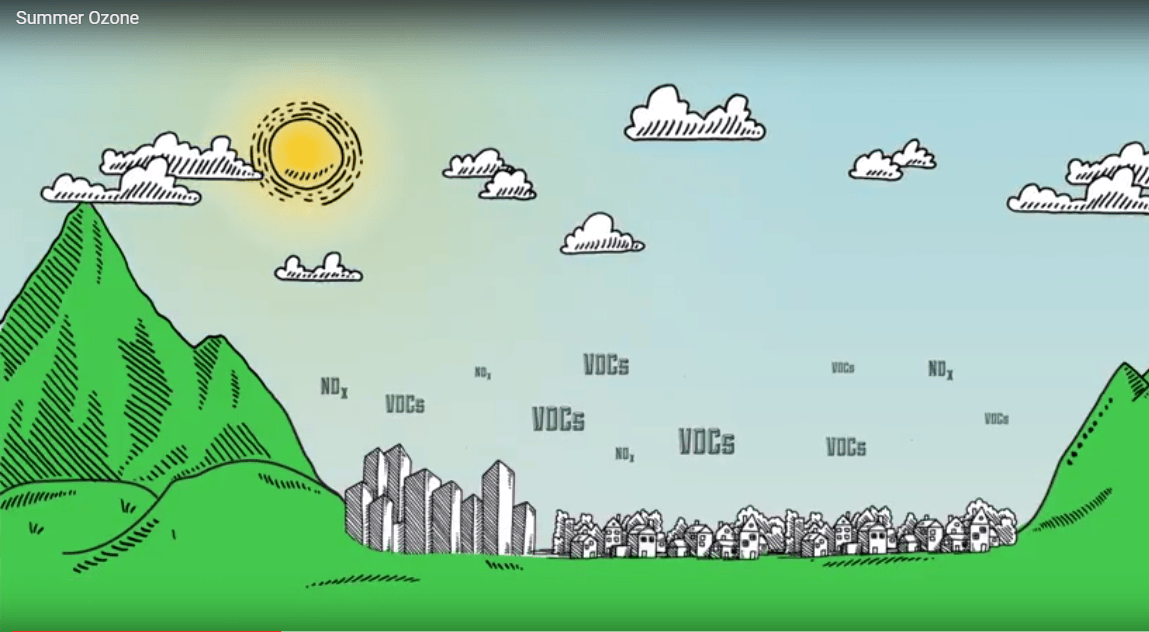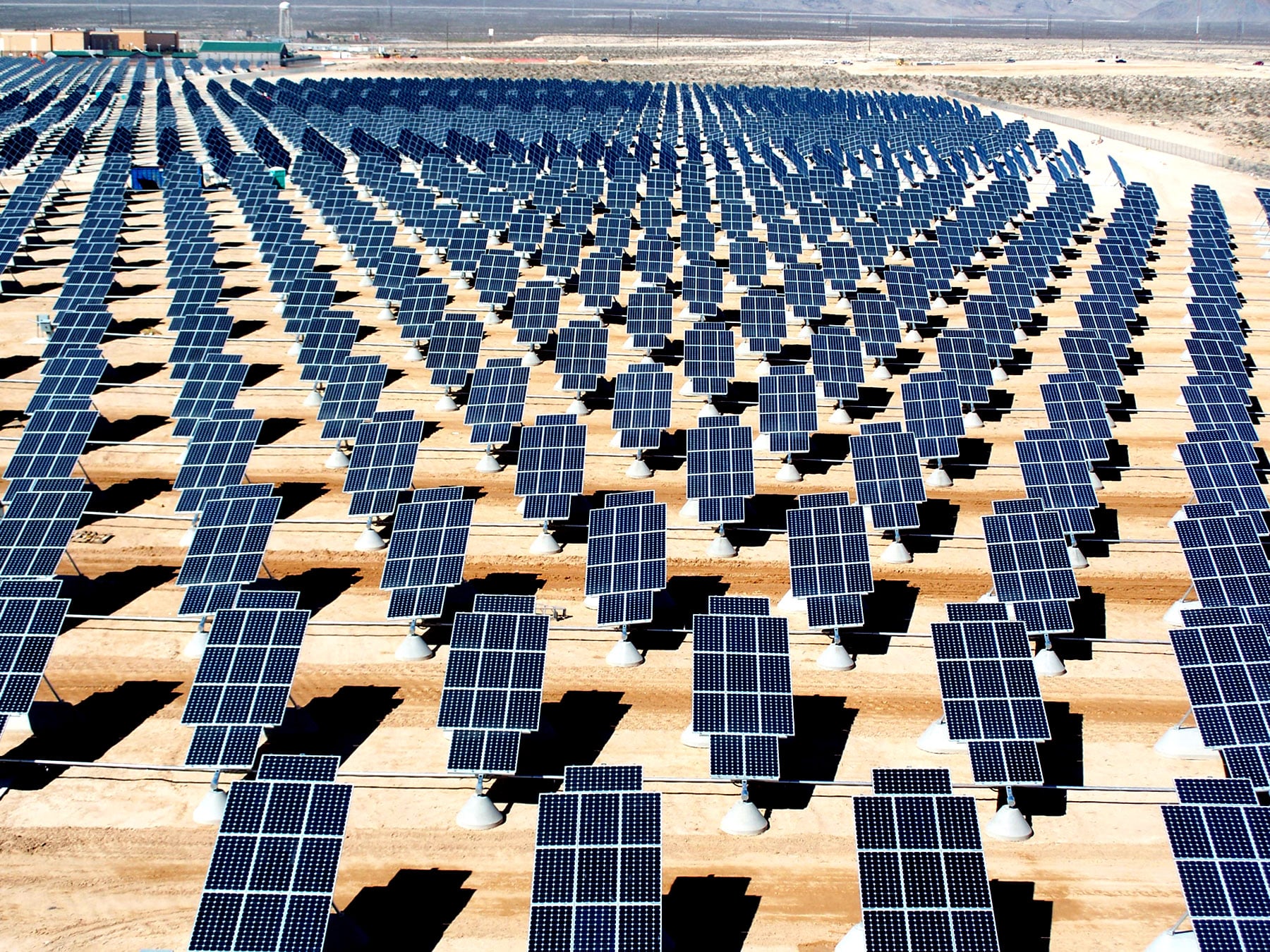This Tuesday, local business Packsize International unveiled its new electric vehicle (EV) charging stations at its Salt Lake City campus.
The site now hosts 52 total EV charging ports, including two fast-charge stations, making it the largest charging installation in Utah.
And the best news is that the stations will be available for use at no financial cost both to Packsize employees and the general public.
Rocky Mountain Power awarded Packsize International with a $111,280 incentive check to offset the cost of the Level 2 electric vehicle chargers. These EV incentives are available to any Utah company that wants to install charging infrastructure!
Packsize is a leader in sustainability and forging solutions to our local air quality problems. It spearheaded the creation of a non-profit, Leaders for Clean Air, in 2015 to encourage businesses to install charging infrastructure. Because vehicles are the largest source of wintertime air pollution and EVs have no tailpipe emissions, incentivizing employees to make the switch to an electric vehicle by offering workplace charging is a tangible way businesses can get involved in promoting better air quality.
Leaders for Clean Air now has an alliance of dozens of businesses and has helped catalyze the installation of 184 workplace EV charging stations in the last two years.
At the ribbon cutting, Salt Lake City Mayor Jackie Biskupski, along with other Leaders for Clean Air founding members, provided updates on the clean air advancements and future goals for Salt Lake’s airshed. Leaders for Clean Air also presented a charging unit to Attorney General Sean Reyes, who spoke at the event.

Mayor Biskupski and Rep. Patrice Arent, Clean Air Caucus founder & Chair, demonstrate how to use a new Level 2 EV charging unit at Packsize’s campus.








